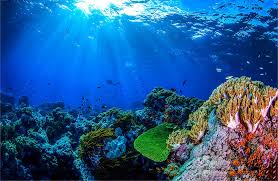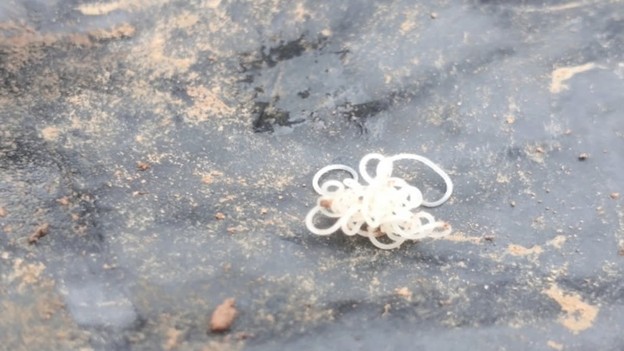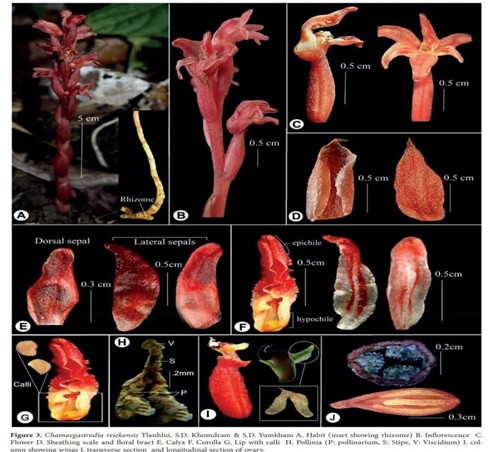
Disclaimer: Copyright infringement not intended.
Context: A new study has found that noise generated by human activity makes it harder for dolphins to communicate and coordinate with each other. As the levels of underwater noise increase, these mammals have to “shout” to each other, it added.
Details:
- Dolphins are social mammals that communicate through squeaks, whistles and clicks. They also use echolocation in order to locate food and other objects.
- Therefore, anthropogenic noise coming from large commercial ships, military sonars or offshore drilling can severely impact their well-being.
What are the findings of the study?
- It was found that as it got noisier underwater, both dolphins changed their behavior to communicate and work together.
- Apart from raising the volume and increasing the length of their calls, they also changed their body language — they turned their bodies towards each other and swam across the lagoon to be closer to each other.
.jpeg)
What are the consequences of noisy oceans?
- Marine animals are known to use sound to navigate, find food and protect themselves.
- As sound travels faster in water than air, it makes for an important mode of communication because it can convey a lot of information quickly and over long distances.
- Scientists believe that fish species rely on sounds during reproductive activities, including mate attraction, courtship and mate choice.
- However, several studies and incidents have shown that sounds made by drilling, commercial ships and military operations lead to the disruption of marine life.
- In 2020, Australia witnessed one of its worst mass stranding of whales when around 200 of them died on Tasmania’s west coast. Researchers suggest that mass strandings are linked to noise pollution in oceans.
- Recently, The Guardian reported that the newly launched MV Ganga Vilas cruise, which will “make stops at about 50 tourist and heritage sites along the Ganga and Brahmaputra river systems”, could severely damage the habitat of the Ganges river dolphin, which already face a number of threats, including water pollution and poaching.
Dolphin Profile:
- The dolphin is a small to a medium-sized marine mammal, which are found all over the world, generally in warmer waters. They usually inhabit shallow seas and continental shelves.
- They are members of the order Cetacea, of which there are four families, the oceanic dolphins (Delphinidae), Indian river dolphins (Platanistidae), the new world river dolphins (Iniidae), and the brackish dolphins (Pontoporiidae).
- Between these four families, there are 40 distinct species of dolphin.
- The 40 different species can be found in a vast geographic region, which makes it very difficult to estimate the current population of dolphins. Around 35 of the species live in oceans, while five of the living dolphin species live in rivers.
- The smallest, the maui dolphin, grows to an average 5.6 feet (1.7 meters) in length and weighs 90 – 110 pounds (40 to 60 kg).
- The largest dolphin is the killer whale, which can grow up to 31.0 ft (9.5 m) in length, weighing 22,000 lb (9,980 kg).
- Dolphins are meat eaters and have a steady diet of squid, fish and crustaceans.
- Although the coloration of the dolphin varies, they are most often grey, with their backs having a slightly darker shade than the rest of their bodies.
- Agile swimmers, and dolphins are a favorite for wildlife watchers as their playful activities and aerobatics in the water are a delight to see. They are also highly intelligent and can learn to do different tasks just through observation.

Interesting Dolphin Facts
1. Dolphins are closely related to whales. Dolphins belong to the toothed whale group.
2. Dolphins evolved from land mammals.
3. Dolphins communicate with clicks and whistles.
4. Dolphins give each other names.
5. Dolphins and bats share the same superpower, ‘echolocation’.
6. They can dive up to 1,000 feet.
7. They are extremely social and playful mammals.
8. Dolphins look after each other.
9. They are clever and somewhat devious at fishing for food.
10. Dolphins can use just half of their brain when they want to.
11. There is no clearly defined mating season.
12. Their gestation period varies by species.
13. Female dolphins gives birth near the surface.
14. The mother and calf will spend years together.
15. They have excellent eyesight. They hear without ears. They hear frequencies 10 times the upper limit of adult human.
16. Not every species of dolphin has a dorsal fin.
17. Their pectoral flippers are not used for swimming.
18. Dolphins can’t smell.
19. They have a mouth full of teeth, but never chew their food.
20. Dolphins have two stomachs.
21. Some Oceanic dolphins have a beak.
22. Dolphins are different to porpoises.
23. The oldest known dolphin lived to 61 years old.
24. One species of dolphin is considered critically endangered. The Baiji dolphin, which is a river dolphin found in the Yangtze River, has suffered a severe drop in population over the past few decades.
25. Dolphins have been known to protect humans from shark attacks.
Scientific Classification
|
Kingdom:
|
Animalia
|
|
Phylum:
|
Chordata
|
|
Class:
|
Mammalia
|
|
Order:
|
Cetartiodactyla
|
|
Suborder:
|
Whippomorpha
|
|
Infraorder:
|
Cetacea
|
|
Family:
|
Delphinidae, Iniidae, Platanistidae & Pontoporiidae
|

https://indianexpress.com/article/explained/explained-climate/dolphins-coordinate-human-noise-pollution-study-8385113/
Array
(
[0] => daily-current-affairs/effect-of-noise-pollution-on-dolphins
[1] => daily-current-affairs
[2] => effect-of-noise-pollution-on-dolphins
)
















